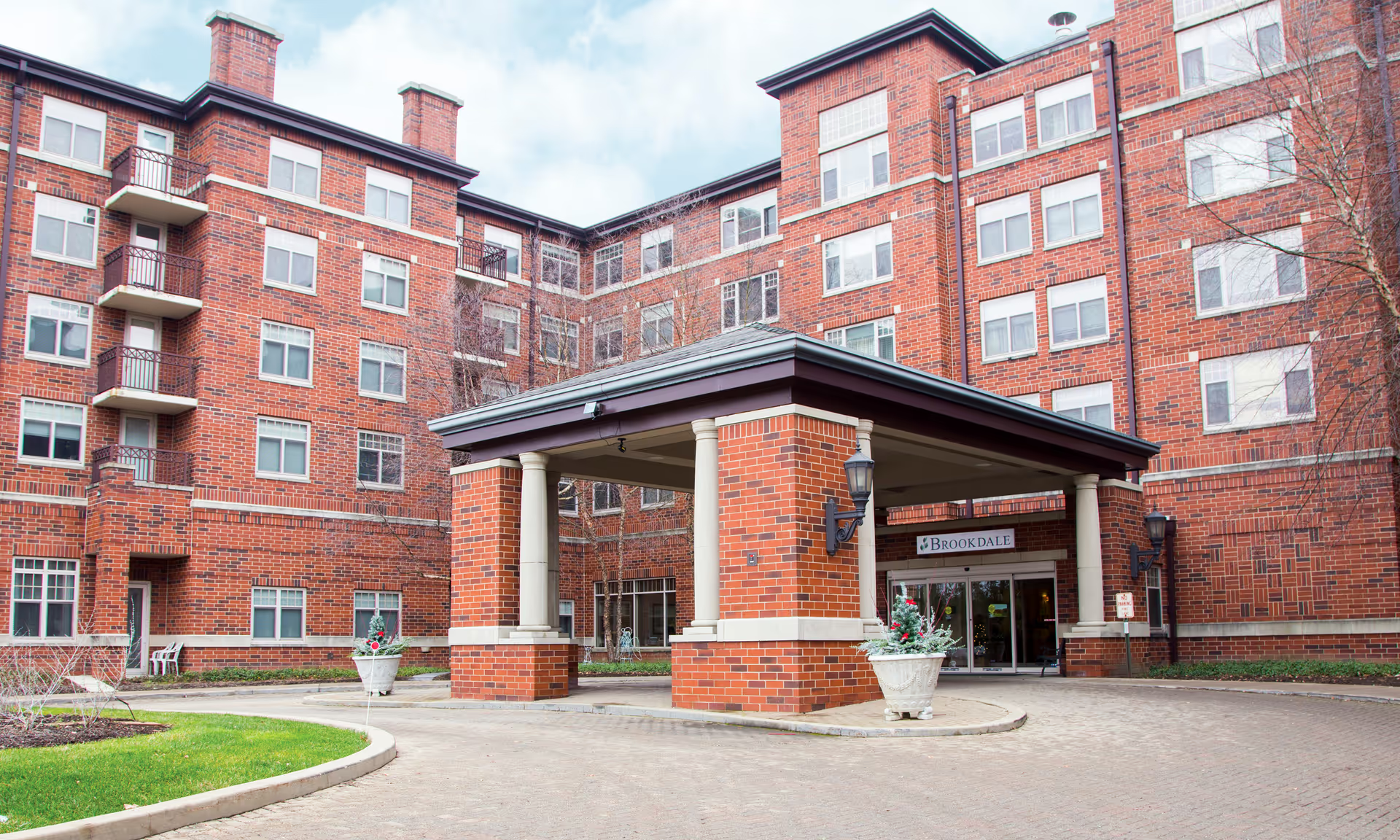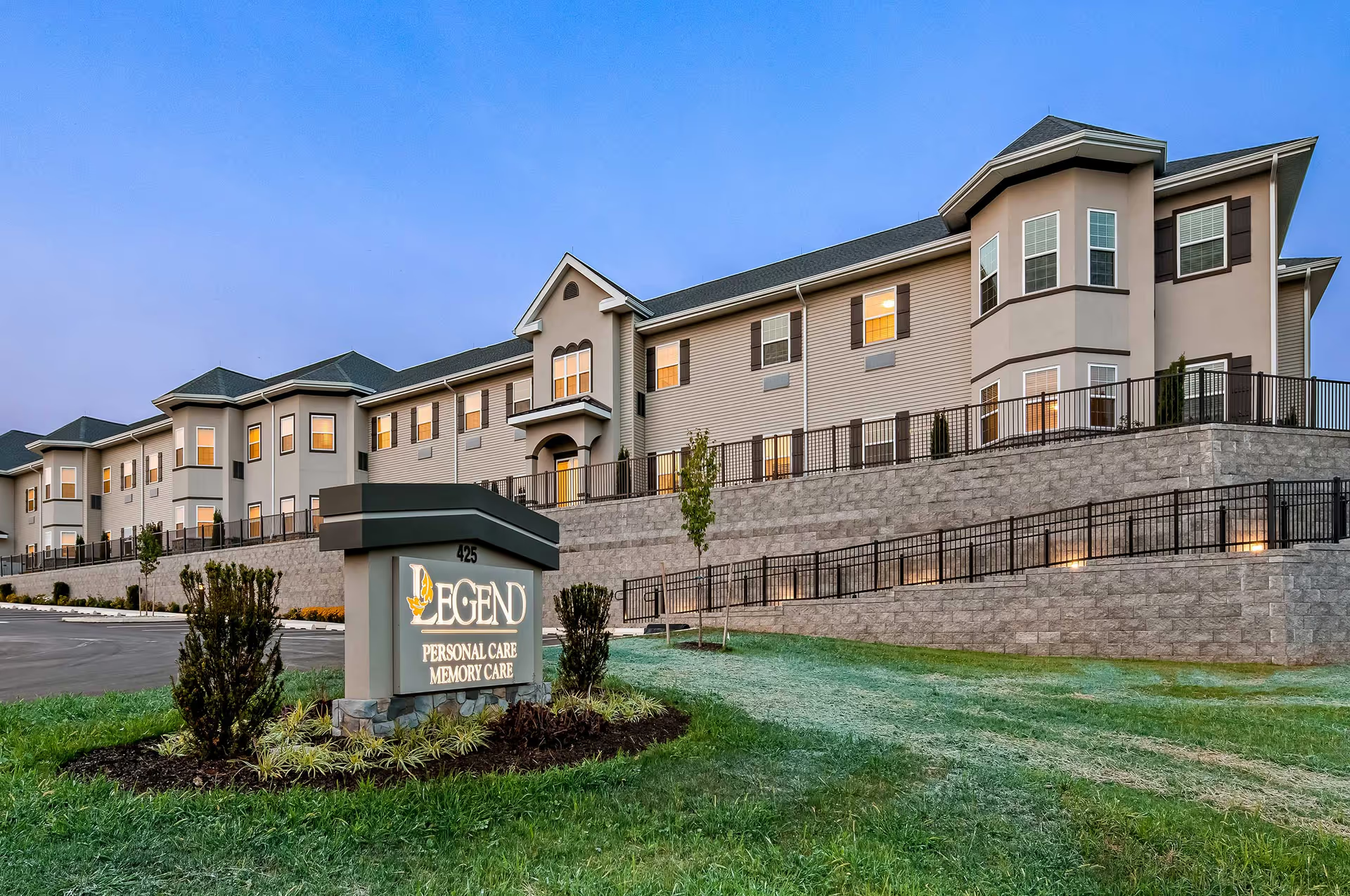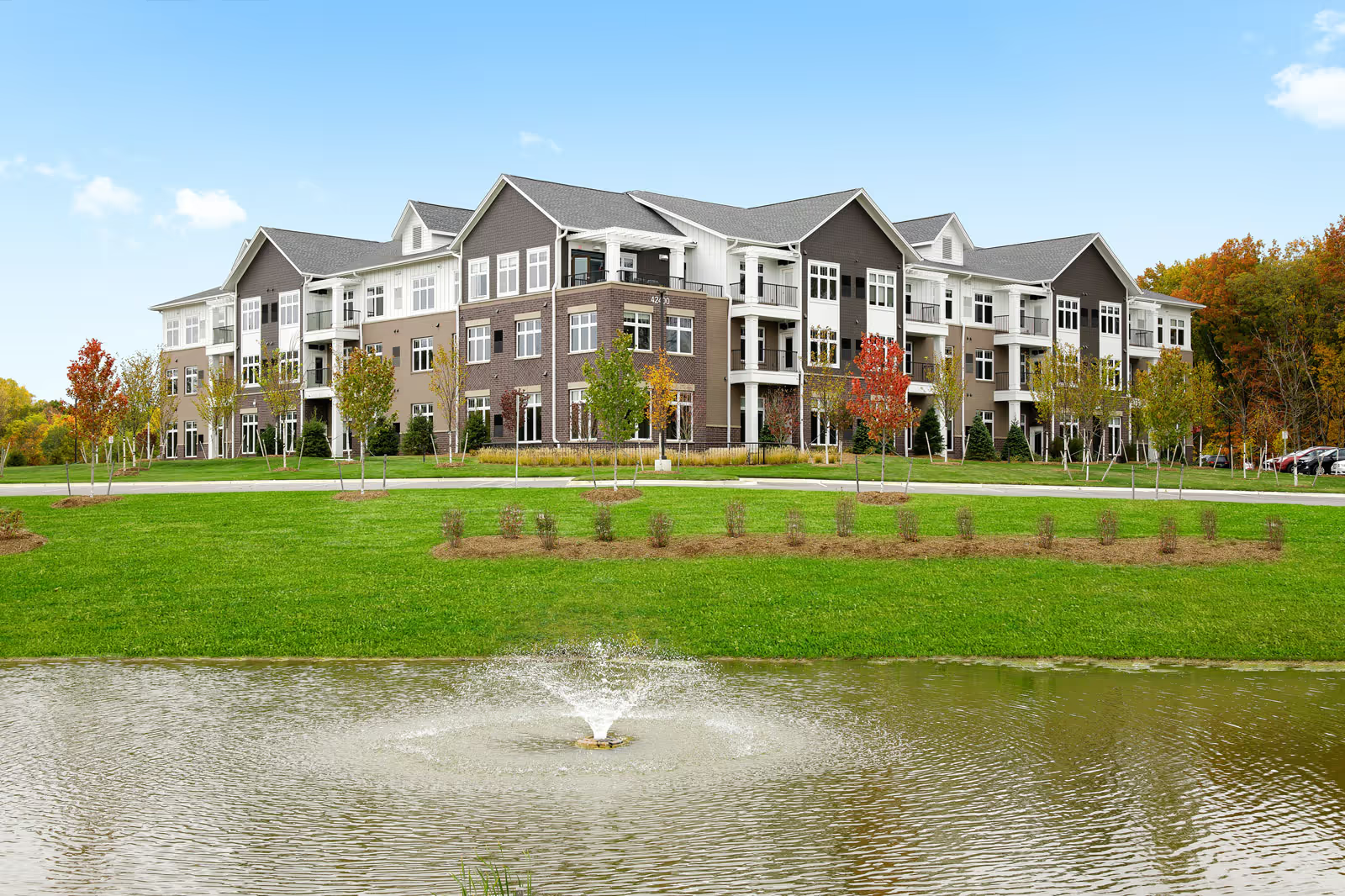Overall sentiment in the reviews is mixed but leans toward concern because of recurring staffing and safety problems, tempered by appreciable strengths in administration, therapy, cleanliness, and activities. Multiple reviewers praise the office staff and business manager for being helpful and communicative—particularly around Medicaid and family liaison duties—and many note a friendly front desk and hardworking CNAs, housekeepers, and physical therapy staff. The facility offers a broad range of services (short-term rehab, long-term care, an Alzheimer's unit) and is described as clean with pleasant grounds. The activities program is a clear positive in the reviews, with frequent mentions of bingo (including bingo dollars), music therapy, outings, holiday events, parties, nail grooming, balloon tennis, church services, and an on-site shop, all of which contribute to a comfortable, community-style atmosphere for many residents.
However, staffing shortages and inconsistent care are the most frequent and serious concerns. Reviews repeatedly describe understaffed shifts, unresponsive or slow staff, and instances where residents required private sitters because adequate supervision or assistance was not provided. Several specific and alarming safety issues are cited: a resident fall within eight hours of admission, no bed padding initially, beds that were too high, and the absence of a bed alarm mentioned in at least one report. Although some safety measures were reportedly implemented after the incidents (rubber mats and lowered beds), the initial lapses and the need for prompt corrective action are prominent themes and a major source of family distress.
Medication and communication problems also recur. Reviewers report medications not being ready overnight and broader medication regulation or management concerns. Communication with families is inconsistent: there are accounts of delayed family notification after incidents, missed contact due to missing phone numbers, and at least one report of staff reacting unprofessionally (laughing during a call). These breakdowns compound safety worries and reduce trust. There are also reports of favoritism in certain departments and supervisors being overburdened, which suggests uneven staff allocation or morale issues that could affect day-to-day care.
Dining and kitchen operations produce mixed to negative feedback. While one reviewer’s cousin preferred the food compared to another facility, multiple reviewers describe the food as poor, service from kitchen staff as rude or unhelpful, and note turnover among cooks and kitchen staff. This inconsistency in dining experience, combined with reports of staff gossip and drama in the kitchen, points to operational instability in that department.
Several reviewers highlight positive changes and committed employees—staff who are kind and hardworking, and therapy teams that are effective—indicating that the facility has strengths to build upon. The environment is often described as comfortable, and many residents enjoy the activities and community offerings. Nonetheless, the recurring, concrete safety incidents, medication and communication failures, and persistent understaffing are critical issues that need sustained attention. Prospective families should weigh the facility's strong administrative support, therapy services, cleanliness, and robust activities against the evident risks from staffing shortages, variable food service, and prior safety lapses. For current families, ensuring up-to-date contact information, advocating for additional supervision when needed, and confirming specific safety measures (bed alarms, lowered beds, medication schedules) may help mitigate some immediate risks while management works to address systemic staffing and communication problems.







